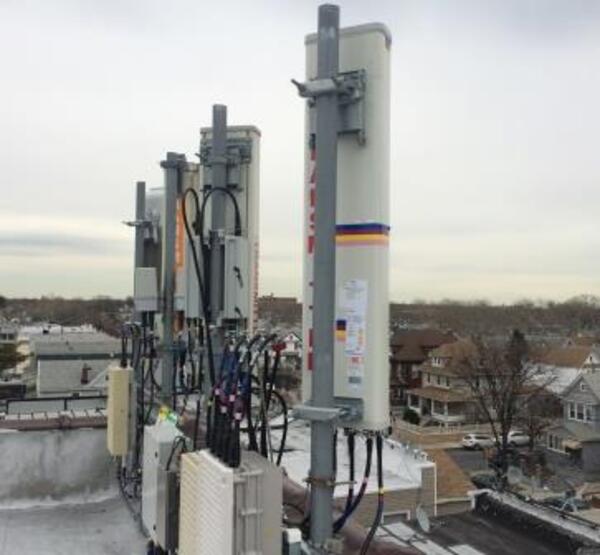 This is the fourth post in a new blog series based on the LTE Best Practices ebook.
This is the fourth post in a new blog series based on the LTE Best Practices ebook. When people hear the term “co-siting” in the wireless industry, they typically think of multiple operators sharing a site. That is one definition. But a more common scenario is when one operator co-sites multiple technologies at a site. For example, we all have heard the terms 3G and 4G. If an operator is operating a 3G network and wants to add 4G, they are essentially co-siting multiple technologies on the same site.
How this gets accomplished, however, can be challenging. There is increasingly less space available on cell towers and at other cell sites. Often there is not enough space, or it is too costly, to add another big antenna. So operators will re-purpose the existing equipment while adding a new technology like LTE. They often need to connect filters, combiners or cross-band couplers to manage the multiple 3G and 4G signals.
Any time more equipment is added to the RF path, there are more connections being made. It is in those connections that one of the most common sources of interference, passive intermodulation (PIM), can be found.
PIM is the unintended mixing of frequencies in a passive circuit. If the interference coincides with a network’s intended frequencies, it can damage network performance and throughput. PIM sources can include non-aligned or poorly-made connections, damaged cables or water infiltration into transmission equipment. PIM can also be caused by objects outside the RF path, such as guy wires, roof structures or other tower equipment. The opportunities for creating PIM are vast, and adding more equipment to co-site more technologies only makes it more likely.
In the LTE world, it always comes back to PIM. You have to limit PIM to get the best performance out of LTE. Co-siting technologies, which is almost a must these days due to limited space and budgets, makes the job even harder. One of the many jobs I do is troubleshooting PIM at real cell sites for exactly these reasons.
For more information about co-siting, preventing PIM and other practical advice when deploying LTE, check out the LTE Best Practices ebook. It includes lots of useful information and can be accessed in digital or app format after a brief registration.







